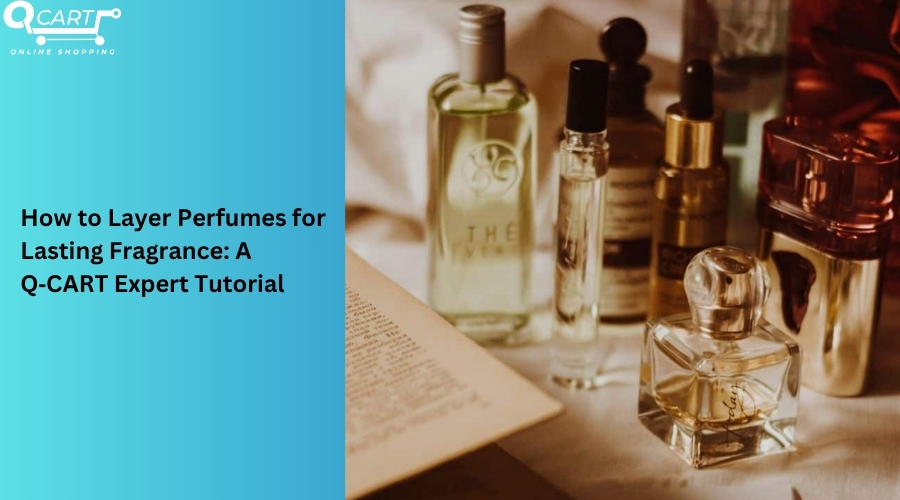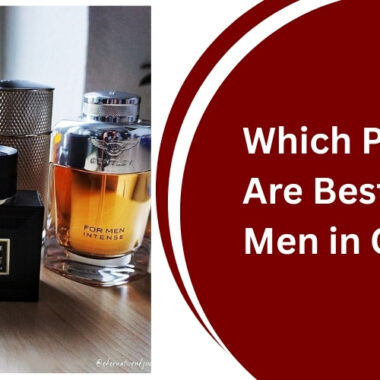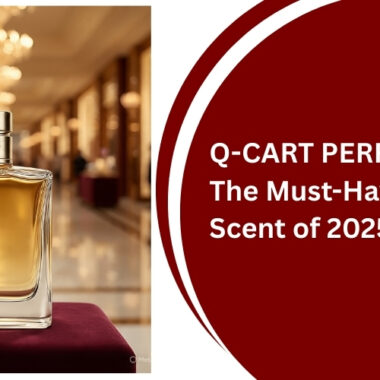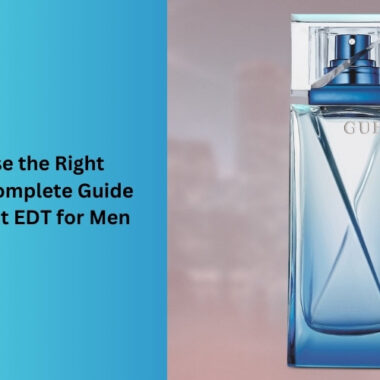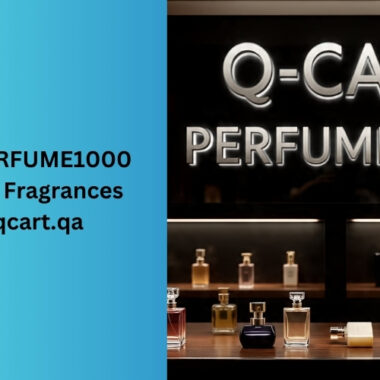Perfume layering is actually an art form and the key to creating a signature scent that will last all day long is the trick that most creative perfume lovers use. By combining harmonizing accords within Q-CART PERFUMEs specially selected collections, you will produce your own personalized fragrance which will evolve throughout the hours.
Here in this detailed information, we will examine the reasons why layers are so successful, what fragrances seem to be suitable and incompatible, the step by step methods of layering and look into a format table of layering combinations that are popular. And in the end, you will be able to mix and match like a true professional, so your custom smell could be alive and three-dimensional.
1. Why You Need to Be Layered in Fragrance
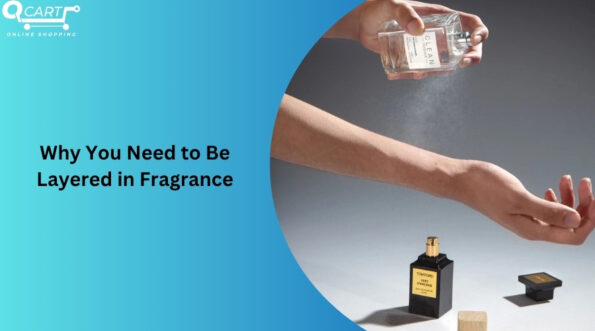
Conventional perfume use is based on one fragrance formula and this can be linear. Instead there is layering:
- Elongates Life: By pairing a low base-note composition to more top notes, the perfume can transform itself over the course of the day in a sophisticated way, serving as an extension of both daywear and evening perfumes.
- Makes Dimensional: Strategic blends introduce a new depth-like the intensity of a bright citrus explosion as a top on a creamy vanilla base that forms a depth of aroma experience.
- Customizes Your Fragrance: No scent can be the same on two people, because your chemistry reacts differently to every layer of a layered fragrance.
Q-CART PERFUME believes in layering since it allows its users to create a most personal signature and makes daily fragrance a personal declaration.
2. Understanding Fragrance Families and Notes
Before mixing, familiarize yourself with the three layers of any perfume:
| Type of Note | Characteristics | Examples |
| Top Notes | Light, volatile, first impression | Citrus (bergamot, lemon), herbs |
| Heart (Middle) Notes | Core character, emerges after top notes fade | Florals (jasmine, rose), spices |
| Base Notes | Deep, long‑lasting foundation | Woods (sandalwood, cedar), vanilla |
Effective layering often starts with a base‑rich perfume, followed by a heart‑oriented scent, and finishes with a complementary top layer.
3. Choosing Compatible Fragrances
Pairing the wrong scents can clash, so follow these guidelines:
- Stay Within the Same Family: Blend two or three perfumes from a similar family (e.g., oriental, floral, woody) to ensure harmony.
- Contrast Textures Thoughtfully: For drama, overlay a bright citrus on a musk‑based base—just avoid pairing two dominantly spicy scents, which can become overwhelming.
- Test on Your Skin: Spray one scent on each wrist, let them dry, and then press wrists together. Smell the fusion on your skin before committing to a full‑body application.
Q‑CART PERFUME’s curated fragrance duos and trios simplify the process, guaranteeing compatibility and professional‑grade results.
4. Layering Techniques: Step by Step
Follow these steps for optimal results:
a. Prep Your Skin
- Moisturize: Apply unscented lotion to lock in moisture, creating a smooth canvas for fragrance adherence.
- Avoid Alcohol‑Based Sprays: If your body cream has a scent, ensure it’s neutral or part of your layering profile.
b. Apply Base Fragrance
- Pulse Points: Target wrists, inner elbows, and the base of the throat with the base note perfume. These warm areas amplify scent diffusion.
- Distance and Quantity: Hold the bottle 5–7 cm away and use two light sprays instead of one heavy burst to avoid overpowering.
c. Add Heart Note Layer
- Central Placement: Spray the heart‑note fragrance lightly on your chest or the back of your knees—areas that gently radiate warmth throughout the day.
- Wait and Assess: Allow the scents to meld for two minutes before moving on to the final layer.
d. Finish with Top Notes
- Hair and Clothing: A single spray on hair or scarf adds a floating halo of fragrance. Avoid direct application on delicate fabrics to prevent staining.
- Air Spray: Release one mist in front of you and walk through the cloud for an even, light misting that carries top notes.
5. Popular Layering Combinations from Q‑CART PERFUME
| Base Fragrance | Heart Fragrance | Top Fragrance | Effect |
| Vanilla Musk | Rose Essence | Bergamot Zest | Warm floral sweetness with a citrus uplift |
| Sandalwood & Amber | Spiced Cinnamon | Orange Blossom | Cozy, spicy warmth balanced by bright florals |
| Cashmere Woods | Jasmine Petals | Green Tea Leaves | Soft woody depth with fresh, airy top notes |
| Leather Oud | Patchouli Heart | Pink Pepper | Rich oriental at base, edgy spice on top |
Experiment with these proven formulas to discover which resonates best with your personal style.
6. Troubleshooting Common Layering Issues
- Overpowering Sillage: If your scent trails too strongly, reduce each spray by one and focus on fewer pulse points.
- Fragrance Conflict: Should you detect an unpleasant blend, wait until base notes settle (10–15 minutes) before assessing; premature judgments often overlook natural evolution.
- Short Longevity: For fleeting top notes, reapply the top layer midday or carry a small travel‑size spritz for refreshment.
7. Seasonal and Occasion‑Based Layering
- Summer Lightness: Combine aquatic or citrus top notes over a light musk base for a refreshing daytime scent.
- Winter Warmth: Pair rich resinous bases (frankincense, myrrh) with spicy hearts and gourmand top notes for cozy allure.
- Formal Events: Opt for elegant orientals—amber‑rose bases with soft vanilla top notes—for sophisticated evening presence.
- Casual Daywear: Blend green, herbal heart notes with soft woody bases for an understated yet memorable aroma.
Q‑CART PERFUME provides seasonal layering kits, ensuring your fragrance remains appropriate and captivating year‑round.
8. Caring for Your Fragrance Collection

- Proper Storage: Keep bottles in a cool, dark place—exposure to heat and light accelerates fragrance breakdown.
- Rotation Plan: Cycle through your collection to prevent individual perfumes from oxidizing.
- Freshness Tests: Periodically sniff your perfumes; if the scent turns sour or flat, it’s time to restock.
Maintaining your collection ensures every layer you apply is fresh and true to the original composition.
Mastering the art of layering perfumes transforms your fragrance routine into a creative ritual. By understanding fragrance notes, selecting compatible scents, and following Q‑CART PERFUME’s expert application techniques, you can create personalized aromas that endure and evolve beautifully. Consult the comparison table for tried‑and‑true combinations, troubleshoot when blends falter, and adapt your layering strategy to seasons and occasions. With these insights, you’re ready to elevate your scent profile, leaving a lasting impression wherever you go.
 Inspired By
Inspired By